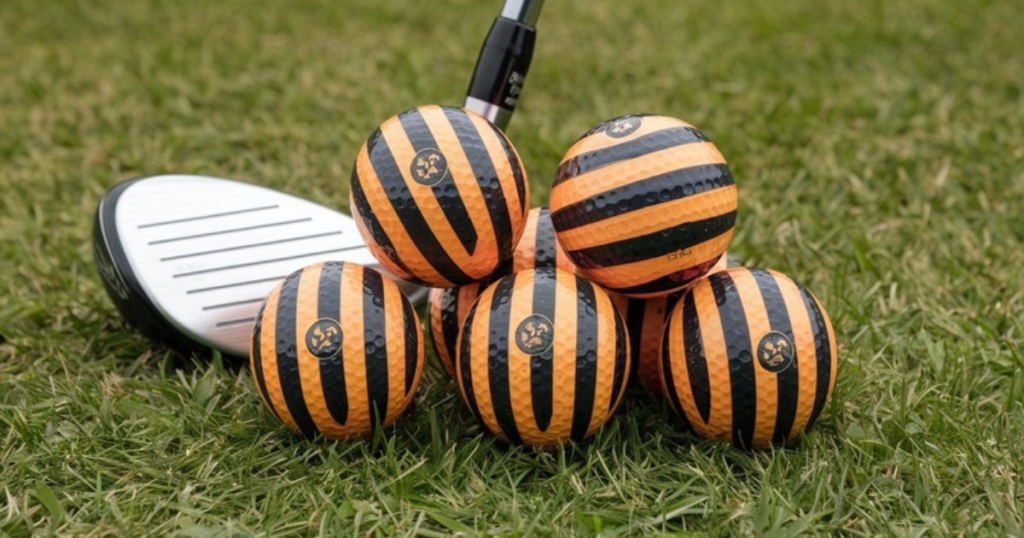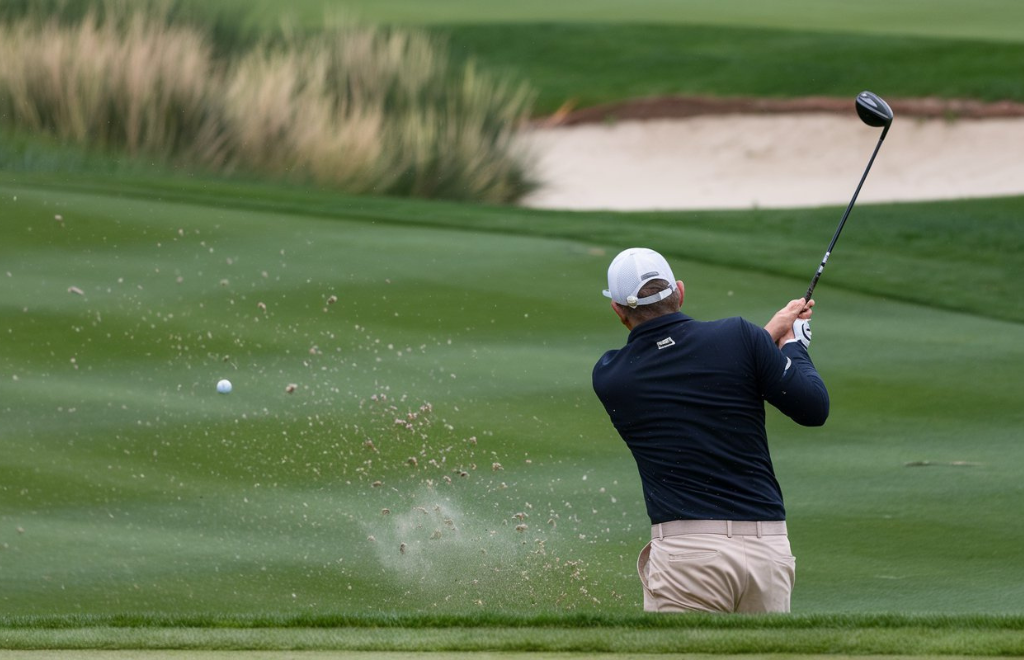Golf is a game of precision, patience, and passion, but for many individuals with visual impairments, it may seem like an insurmountable challenge. However, thanks to innovative advancements in sports technology, specialized “golf balls for the visually impaired” are changing the landscape of the game.
With enhanced accessibility, these tools ensure that visually impaired individuals can enjoy the beauty of golf, honing their skills while still reveling in the sport’s joy.
This article delves into the nuances of selecting and using golf balls designed specifically for visually impaired players. We’ll explore key features, top product recommendations, and helpful tips for choosing the right equipment.
Understanding the Needs of Visually Impaired Golfers
To better appreciate the impact of specialized golf balls on the visually impaired, it’s essential to understand the unique needs of these players.
While traditional golf balls rely heavily on the player’s vision to track their path and land, visually impaired golfers require enhanced auditory or tactile feedback to compensate for visual limitations.
Players with partial vision loss may need golf balls with vibrant colors, while those with complete blindness may benefit from balls with embedded sound devices.
For them, it’s not just about finding the ball but experiencing the game with independence and dignity.
Key Features of Golf Balls for the Visually Impaired
When choosing a golf ball for a visually impaired player, several factors come into play. These key features ensure that the game remains challenging, fun, and rewarding:
- Sound Feedback
The most critical feature in golf balls for the blind or visually impaired is sound. Balls with built-in beepers or electronic sound mechanisms emit a distinct tone when hit, helping players locate their position on the course. These audible signals allow golfers to focus on their swing, knowing that finding the ball afterward won’t be an issue.
- Vibrant Colors and High Contrast
For those with partial visual impairments, high-contrast, brightly colored golf balls are invaluable. Neon-yellow, bright orange, or stark white balls can easily stand out against the green of the fairway or the blue sky, improving visibility. Some designs even include contrasting stripes or patterns that make them more distinguishable at long distances.
- Tactile Markers
Some golf balls incorporate tactile markers to help visually impaired players better feel the ball’s surface. These tactile markers give players a sense of the ball’s alignment, aiding in better shot control. Additionally, these textures can assist players in placing the ball accurately on the tee.
- Durability and Performance
While functionality is crucial, visually impaired golfers don’t want to compromise on performance. A good golf ball should still have excellent durability and the ability to cover the distance, spin properly, and hold up to various weather conditions. The ball’s core should remain solid, allowing for predictable bounces and flight paths.
- Beepers and Electronic Aids
Technologically advanced golf balls equipped with beeping sound devices have become a game-changer. These golf balls for the visually impaired offer real-time feedback, helping players hear where the ball lands after each shot. While they may require batteries or charging, these features significantly enhance the game experience.
Top Golf Balls for the Visually Impaired
Let’s explore some of the best options available in the market today:
- Assistive Tech Sound Golf Ball
Featuring an internal beeper, this golf ball is ideal for players with complete vision loss. It produces a continuous sound after being hit, making it easier to locate the ball on the course. It is durable, withstanding multiple rounds and conditions.
- GlowV1 LED Golf Balls
For players with partial vision, GlowV1 LED golf balls offer excellent visibility during dawn or dusk rounds. They feature LED lights that activate upon impact, glowing for up to 8 minutes. Available in multiple colors, these balls are vibrant and easy to track during flight.
- Putt-Putt Tactile Golf Balls
Designed with raised textures, Putt-Putt Tactile Golf Balls provide a unique surface that allows players to better feel the ball. They’re perfect for those honing their putting skills and offer enough weight for longer shots.
Tips for Choosing the Right Golf Ball
Here are some practical tips to help you select the ideal golf ball for visually impaired players:
- Consider the Level of Vision Loss: Players with partial vision should opt for high-contrast, colored balls, while those with complete blindness will benefit more from balls with sound devices.
- Evaluate the Playing Conditions: If you often play in dim lighting, glowing or LED balls can be helpful. On the other hand, loud environments may require louder sound-producing balls for ease of location.
- Durability Matters: Ensure the ball can withstand various terrains and weather conditions. Durability is critical to ensure long-lasting use, whether on lush greens or rugged courses.
- Budget: While advanced tech balls may come with a higher price tag, they offer invaluable features that significantly enhance the playing experience. Consider the value these features bring to the game.
Benefits of Specialized Golf Balls for the Visually Impaired
- Independence and Confidence: Specialized golf balls enable visually impaired individuals to play more independently, boosting their confidence.
- Increased Inclusivity: These innovations foster inclusivity, breaking down barriers in a sport that often seems inaccessible to those with vision impairments.
- Enhanced Enjoyment: The feedback provided by these balls – whether auditory, tactile, or visual – allows players to fully engage in and enjoy the game of golf.
Conclusion
Golf should be a game for everyone, regardless of physical limitations. With golf balls designed specifically for the visually impaired, players can engage with the sport in meaningful ways.
Whether it’s through sound, vibrant colors, or tactile feedback, these specialized golf balls remove barriers and create opportunities for visually impaired individuals to not only play but thrive in the game. As technology continues to advance, we can expect more innovative solutions that will make golf even more inclusive.
FAQ
1. What are the main types of golf balls for the visually impaired?
There are three main types: sound-emitting golf balls, high-contrast colored golf balls, and tactile surface golf balls. Each is designed to cater to different levels of visual impairment.
2. How do beeping golf balls work?
Beeping golf balls have an internal sound mechanism that activates after the ball is struck. The beeping helps players locate the ball on the course.
3. Are glowing golf balls helpful for visually impaired players?
Yes, glowing or LED golf balls are beneficial for players with partial vision loss, especially in low-light conditions. They are easy to track during flight and visible even after landing.
4. Do specialized golf balls affect game performance?
No, most specialized golf balls are designed to maintain performance standards, ensuring they fly well and offer the same durability as traditional golf balls.
5. Can visually impaired golfers play in competitions?
Yes, many competitions now include categories for visually impaired golfers and specialized golf balls are allowed to ensure a fair and enjoyable game.



